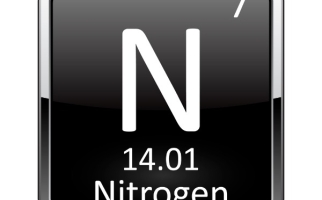
Understanding the Nitrogen Cycle
STEM Explained
What is the nitrogen cycle? How do human activities such as using fertilizer affect the nitrogen cycle? How can this cause greenhouse gases?
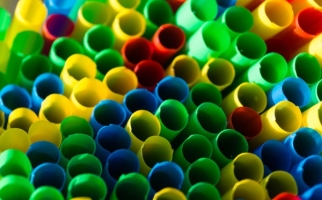
We Use a Lot of Plastic
STEM Explained
What are microplastics? How are plastics polluting aquatic ecosystems?
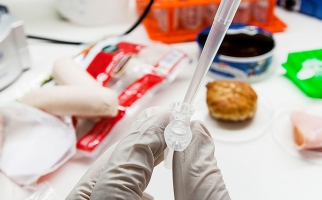
The Classification of Life: From Linnaeus to DNA Barcoding
Backgrounders
Learn about two taxonomy systems that scientists use to classify the life around us.
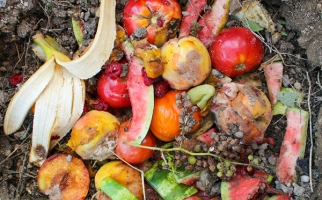
The Environmental Impact of Wasted Food
STEM Explained
One-third of all food produced is wasted. Learn about the environmental consequences of food waste, and what you can do about it.
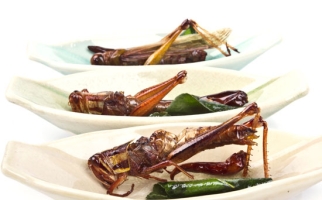
Should We Eat Bugs?
STEM Explained
What's tasty, abundant and high in protein and vitamins? Bugs! Bugs feed about 2 billion people each day. They also hold promise for food security and sustainability.
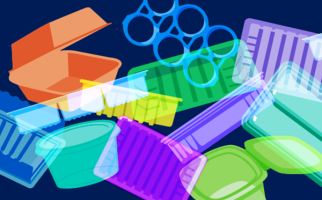
Polystyrene: The Pros, the Cons, the Chemistry
STEM Explained
Learn the organic chemistry behind this very useful plastic. Why is recycling polystyrene hard? Why does polystyrene often end up as solid waste?
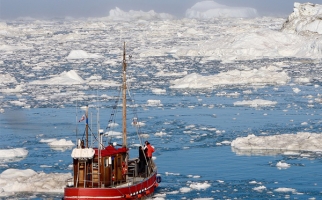
Reaching the Arctic
STEM Explained
How will arctic ice melt from climate change affect exploration, scientific research and geopolitics?
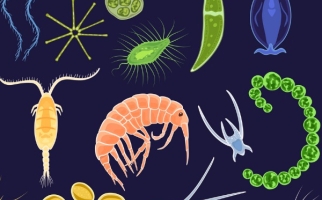
Marine Microbiology: Meet the Microbes of the Sea!
STEM Explained
The ocean is full of very small but very useful creatures called microbes. Without them, none of the sea plants or animals you’ve seen would exist!
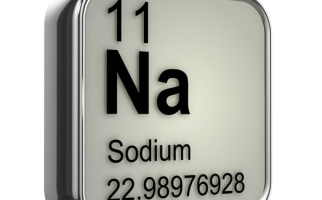
Na Na Na Na (Hey Hey Hey) Sodium!
STEM Explained
Sodium is a useful chemical element. You consume it as table salt regularly. Learn about salt mining, sodium uses, and what problems too much sodium can cause.

Is There Too Much Carbon Dioxide in Your Classroom?
STEM Explained
Did you know that too much carbon dioxide in the classroom can affect your body, and even your grades?
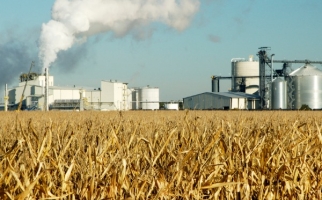
How is Ethanol Made?
Backgrounders
Ethanol is a biofuel that can power a car. Learn about the enzymes, catalysts and processes like fermentation involved in ethanol production.
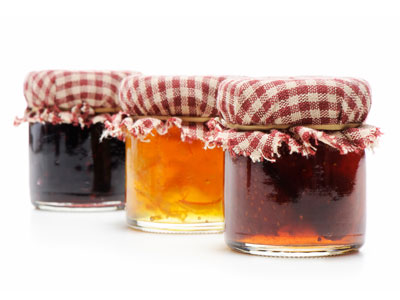
How is food packaged?
Hands-on Activities
Take a closer look at food packaging. Explore why and how food is packaged in different ways.
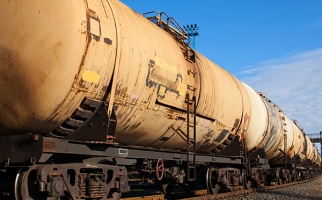
How is oil moved from one place to another?
Backgrounders
This backgrounder explains the four main ways that oil is moved over land and water.
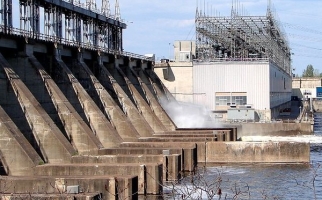
Generating Electricity: Hydroelectric Power
STEM Explained
Learn how moving water can be used to generate electricity. This is called hydroelectric power generation.
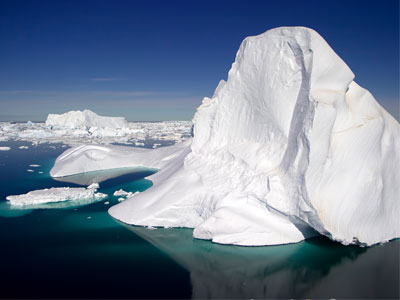
How much of an iceberg is on top of water?
Hands-on Activities
In this hands on activity find out just how much of an iceberg is below the surface. It might surprise you!